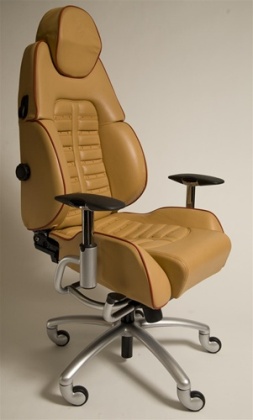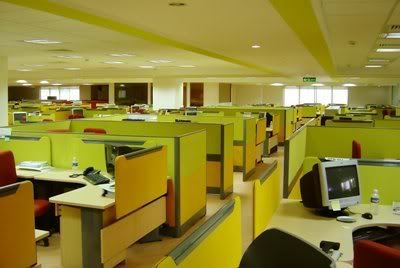Posted by: Mitchell H. Kirsch
Category: Office Furniture
Tags: new cubicles, office cubicles, remanufactured cubicles
White Paper: Choosing Between Brand New, Cloned, Newly Remanufactured, Refurbished/Used, or New Office Cubicles.
When the first “Action Office” began sprouting in offices at the end of the Sixties, it arrived just in the nick of time: an upswing in the number of white collar workers and a corresponding rise in the price of office real estate made the office cubicle an ideal solution for office planners. Using the newfangled cubicles, they could accommodate their growing workforces easily using less floor space. The days of private offices for everyone were numbered; the cubicles were here to stay.
Today, office cubicles make up about $2.27 billion of office furniture sales in 2010, or about 27.4% of that year’s $8.3 billion total in office furniture sales, as per historical data compiled by the Business and Institutional Furniture Manufacturer’s Association. Office planners are spoiled for choice: they can choose to buy brand-new cubicles from established brand names in the field, or they might take a chance on cloned cubicles manufactured in China. Alternatively, they might explore buying remanufactured systems furniture, or even go for used cubicles if that’s all their budget can afford.
Do you know what office cubicles are right for you? In the following paper, we’ll explore the different types of office cubicles, and what each type of office cubicle can deliver, in terms of features, advantages, and other perks. Download our white paper: Something Old, Something New, Something Green: How to Choose Between Brand New, Cloned, Newly Remanufactured, Refurbished/Used, or New Alternatives (PDF, 559KB).




